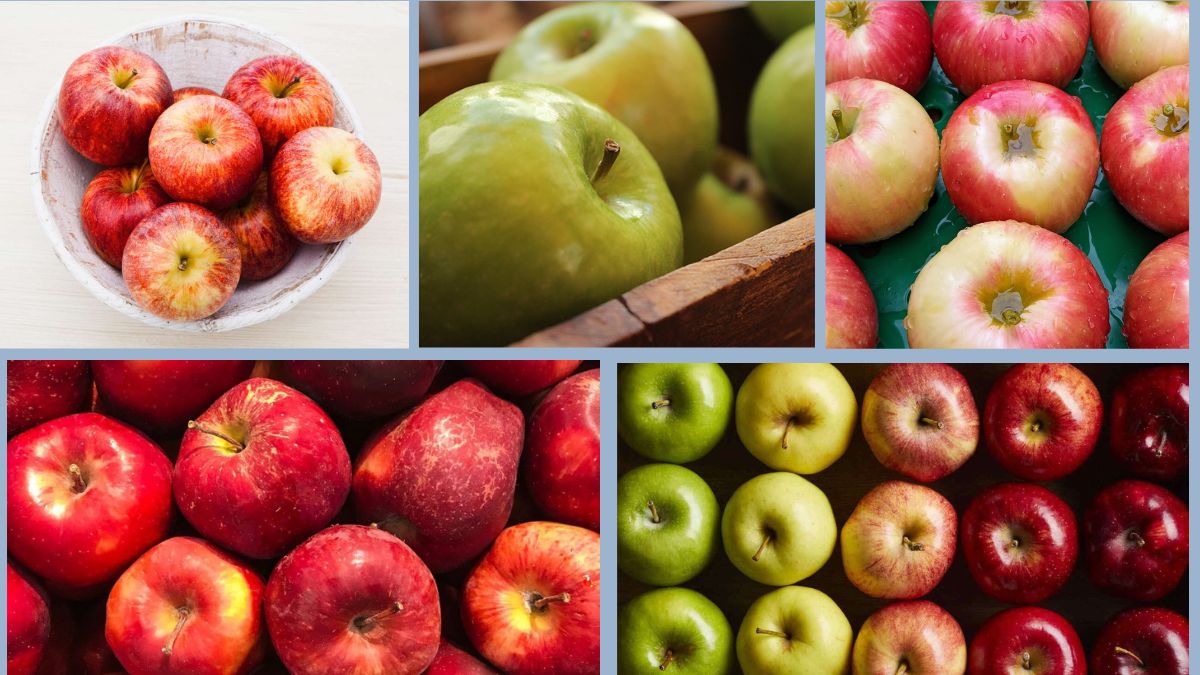Apples are not only a delicious and nutritious fruit but also a versatile staple in households around the world. Whether you enjoy them as a healthy snack, use them in baking, or add them to salads and smoothies, having fresh apples on hand is always a plus. However, keeping apples fresh for an extended period can be challenging without the proper storage techniques. This article offers a comprehensive guide to help you store apples for long-term freshness—naturally and effectively.
Why Proper Apple Storage Matters
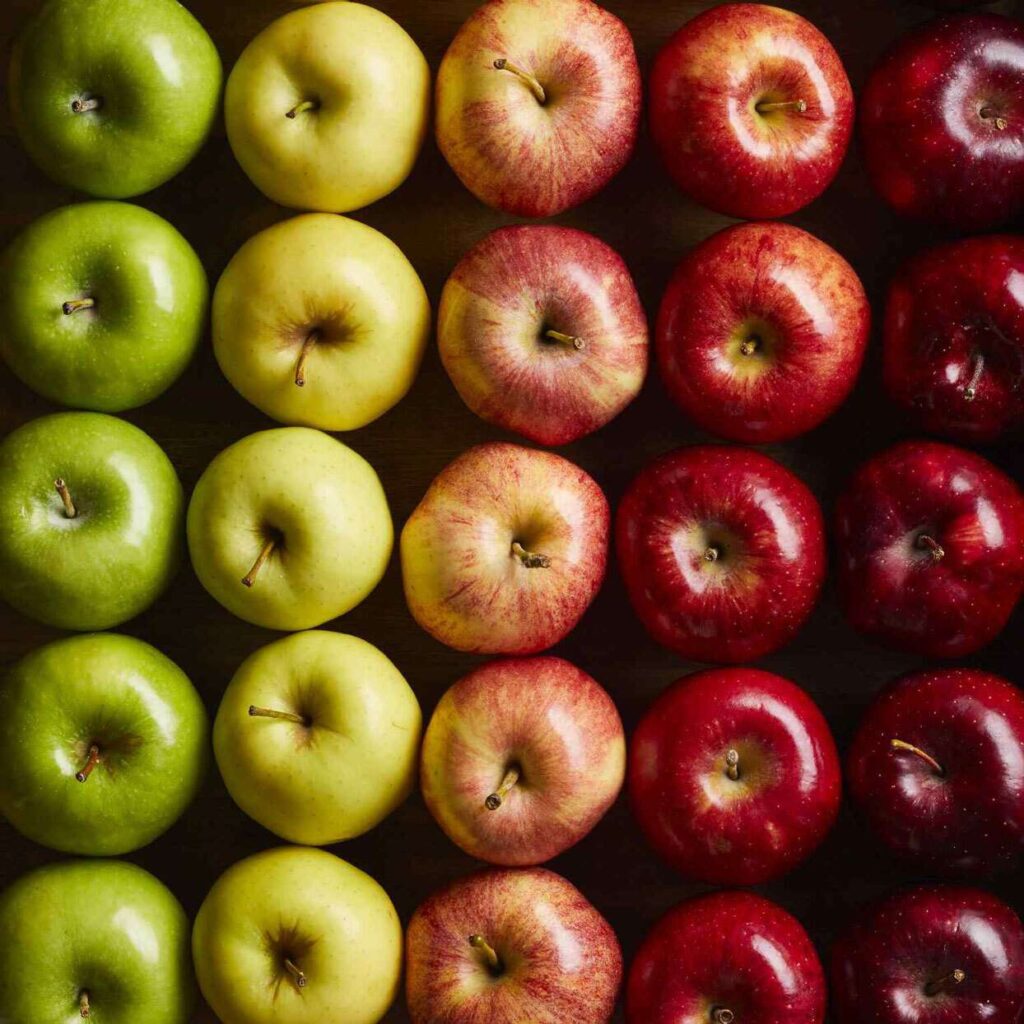
Proper storage preserves not only the crisp texture and natural sweetness of apples but also their nutritional value. Apples contain vitamins, antioxidants, and dietary fiber, making them a powerhouse of health benefits. But once apples start to degrade, they lose both flavor and nutrients.
Moreover, apples produce ethylene gas, a natural plant hormone that accelerates ripening. Without controlled storage, this gas can cause apples and other fruits nearby to spoil more quickly.
Choosing the Right Apples for Storage
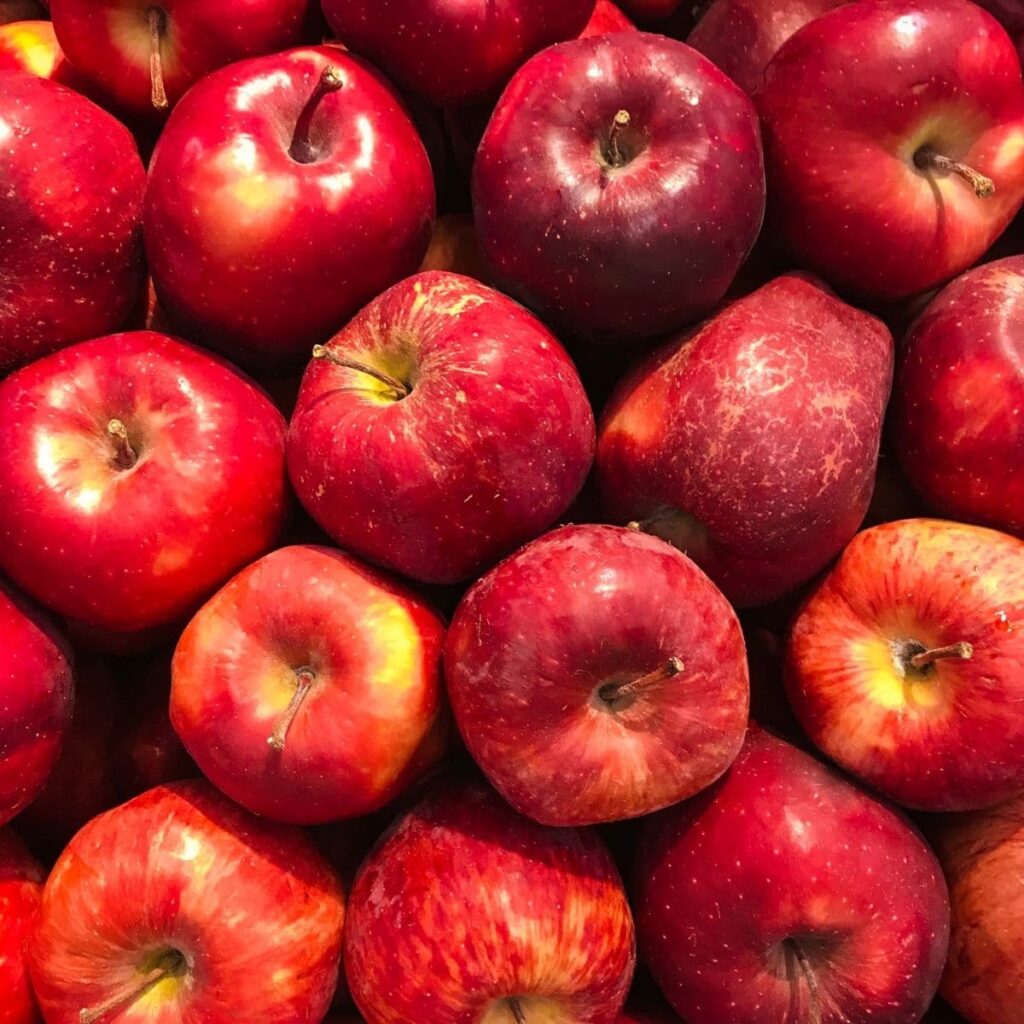
Not all apples are created equal when it comes to long-term storage. Some varieties are better suited for extended freshness than others. Here are some ideal types:
Best Storage Apple Varieties:
- Fuji – Crisp, sweet, and stores well for up to 5-7 months.
- Granny Smith – Tart, firm, and can last up to 6 months.
- Honeycrisp – Sweet and juicy, suitable for refrigeration up to 3-4 months.
- Red Delicious – Mild flavor and stores up to 4-6 months.
- Northern Spy – Excellent storage apple often used in baking.
Apples Not Ideal for Long-Term Storage:
- McIntosh
- Gala
- Golden Delicious
These varieties are delicious but softer and more prone to bruising and early spoilage. They’re best consumed fresh.
Step-by-Step Guide to Storing Apples Long-Term
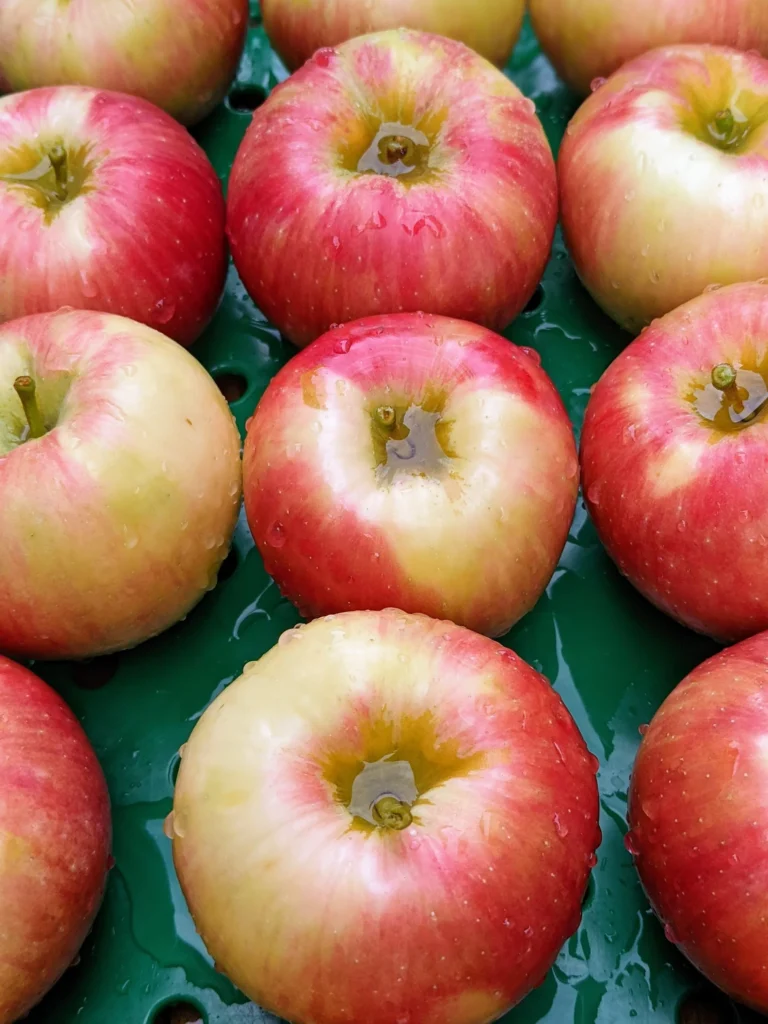
1. Start with Fresh, Unblemished Apples
Always select apples that are:
- Firm to the touch
- Free from cuts, bruises, or soft spots
- Unwashed (until ready to eat)
Even one bruised apple can spoil an entire batch due to the ethylene gas it emits.
2. Sort by Variety and Ripeness
Different apple varieties have different ripening times. Store apples of similar ripeness together to prevent early spoilage.
Storage Methods for Long-Term Freshness
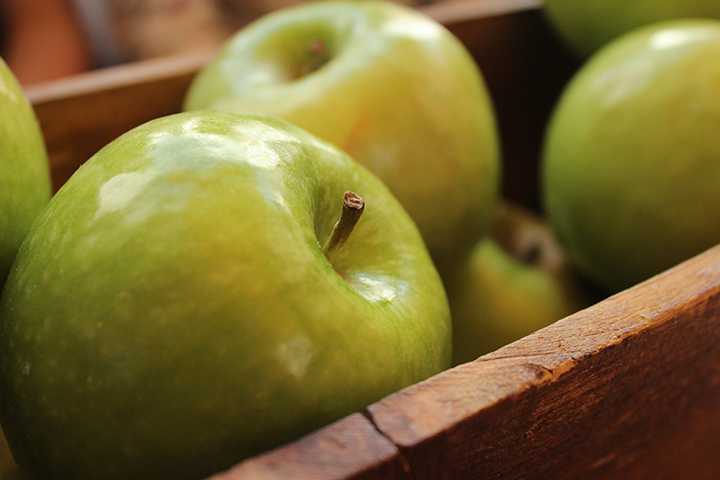
1. Refrigeration (Best for Short to Medium-Term)
The crisper drawer in your refrigerator is ideal for storing apples because it’s cool and maintains humidity.
- Temperature: Aim for 30–35°F (-1–1.5°C) with high humidity.
- Humidity Tip: Place apples in perforated plastic bags or cover them loosely with a damp paper towel.
- Avoid storing near vegetables like broccoli, carrots, or leafy greens—they’re sensitive to ethylene gas.
Shelf Life: 4 to 8 weeks depending on variety.
2. Cold Storage in a Root Cellar or Garage
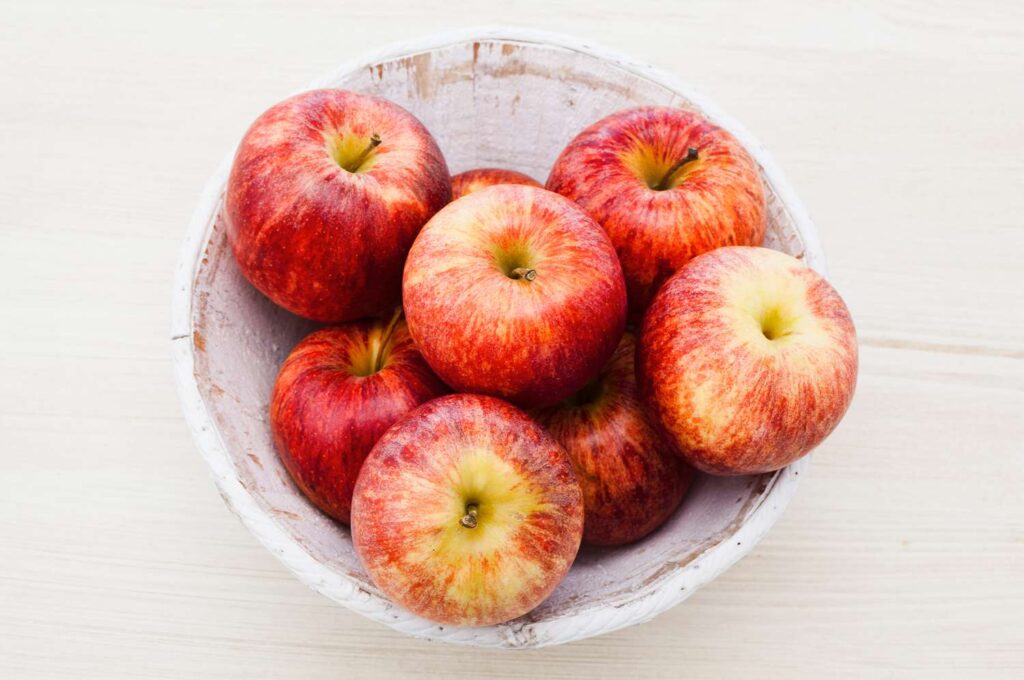
If you have a cool, dark space such as a root cellar or an unheated basement or garage, this is one of the best options for long-term storage.
Instructions:
- Ideal Temperature: 30–32°F (-1–0°C)
- Humidity: 90–95% humidity is best
- Storage Tip: Wrap individual apples in newspaper or kraft paper to prevent them from touching.
- Container: Store in shallow boxes, crates, or baskets with good ventilation.
Shelf Life: 3 to 6 months
3. Controlled Atmosphere Storage (For the Serious Apple Lover)
This is the technique used by commercial apple growers and involves maintaining a controlled atmosphere with low oxygen and high carbon dioxide. While hard to achieve at home, some high-end storage systems or vacuum-seal containers can somewhat replicate this effect.
Natural Preservation Techniques (No Freezing, No Chemicals)
If you don’t have refrigeration or cellar space, consider these natural methods to extend apple life.
1. Apple Slices in Lemon Water (Short-Term)
If you’ve sliced apples, preserve them with a simple lemon-water soak:
- Recipe: 1 tablespoon of lemon juice per 1 cup of water.
- Soak slices for 5 minutes, then store in an airtight container in the fridge.
2. Drying or Dehydrating Apples
Dehydrated apple slices make for a healthy, shelf-stable snack.
How to Dry Apples:
- Peel and core the apples.
- Slice evenly (about 1/4 inch thick).
- Soak briefly in lemon water to prevent browning.
- Use a dehydrator or oven at 140°F (60°C) for 6–8 hours until leathery but not brittle.
- Store in airtight glass jars or vacuum-sealed bags.
Shelf Life: Up to 6 months in a cool, dry place.
3. Canning Apples
Canning apple slices or applesauce lets you enjoy apples year-round.
Canning Apple Slices:
- Blanch apple slices.
- Pack them into sterilized jars.
- Cover with hot syrup (made from sugar and water or apple juice).
- Process in a boiling water bath for 20–25 minutes.
Shelf Life: 12–18 months when stored in a dark, cool cupboard.
Do’s and Don’ts of Apple Storage
Do:
- Keep apples away from bananas and other ripening fruits.
- Check stored apples every week and remove any spoiling fruit.
- Store different apple varieties separately.
- Use bruised apples for applesauce, pies, or jams immediately.
Don’t:
- Wash apples before storing—they’ll rot faster.
- Store apples in sealed plastic bags without ventilation.
- Keep apples near heat sources or in sunlight.
Bonus: How to Tell When Apples Are No Longer Fresh
Check for these signs:
- Wrinkled skin
- Soft, mushy spots
- Sour or fermented smell
- Mold or discoloration
If an apple has a soft area but is otherwise fine, cut off the affected part and use the rest in cooking or baking.
Creative Ways to Use Apples That Are Slightly Overripe
- Homemade applesauce
- Apple compote or chutney
- Apple muffins or bread
- Baked apple crisps
- Smoothies and juices
Even slightly soft apples can shine in cooked dishes.
Final Thoughts
Storing apples for long-term freshness isn’t difficult when you follow the right methods and choose the right varieties. Whether you’re using refrigeration, root cellars, or preserving them through dehydration or canning, there’s a technique to suit every lifestyle.
Remember: The key to success is starting with high-quality, unblemished fruit and regularly monitoring your stock. With these tips, you can enjoy crisp, flavorful apples for months after harvest—naturally and deliciously.
